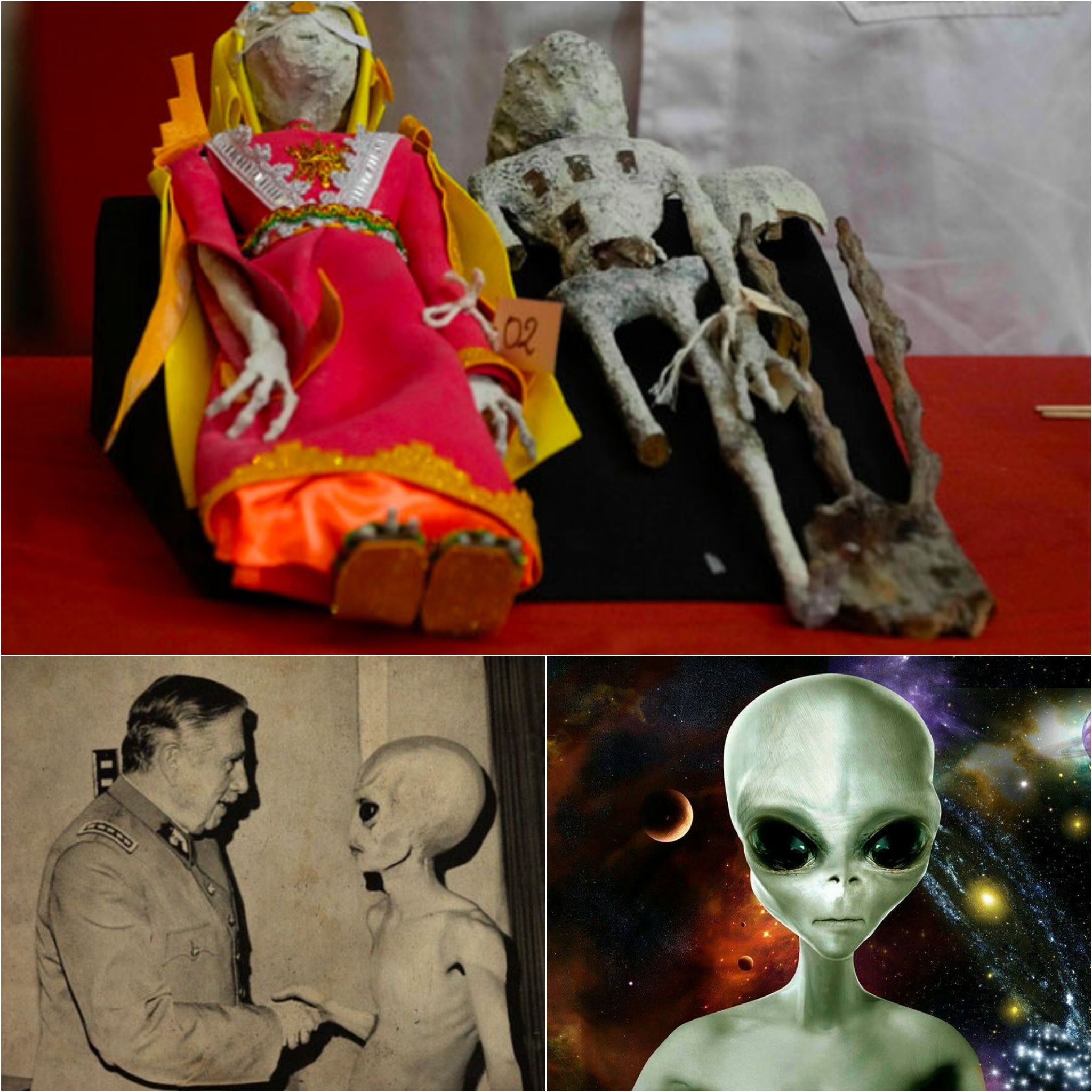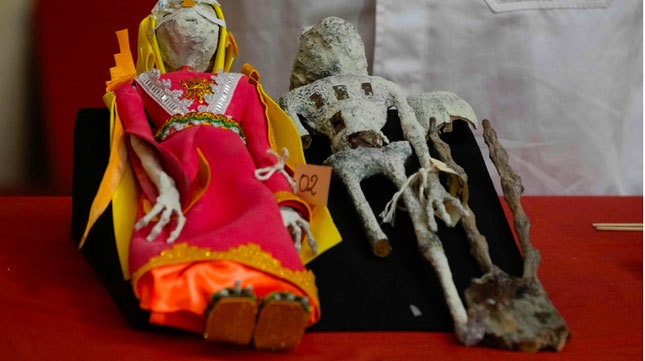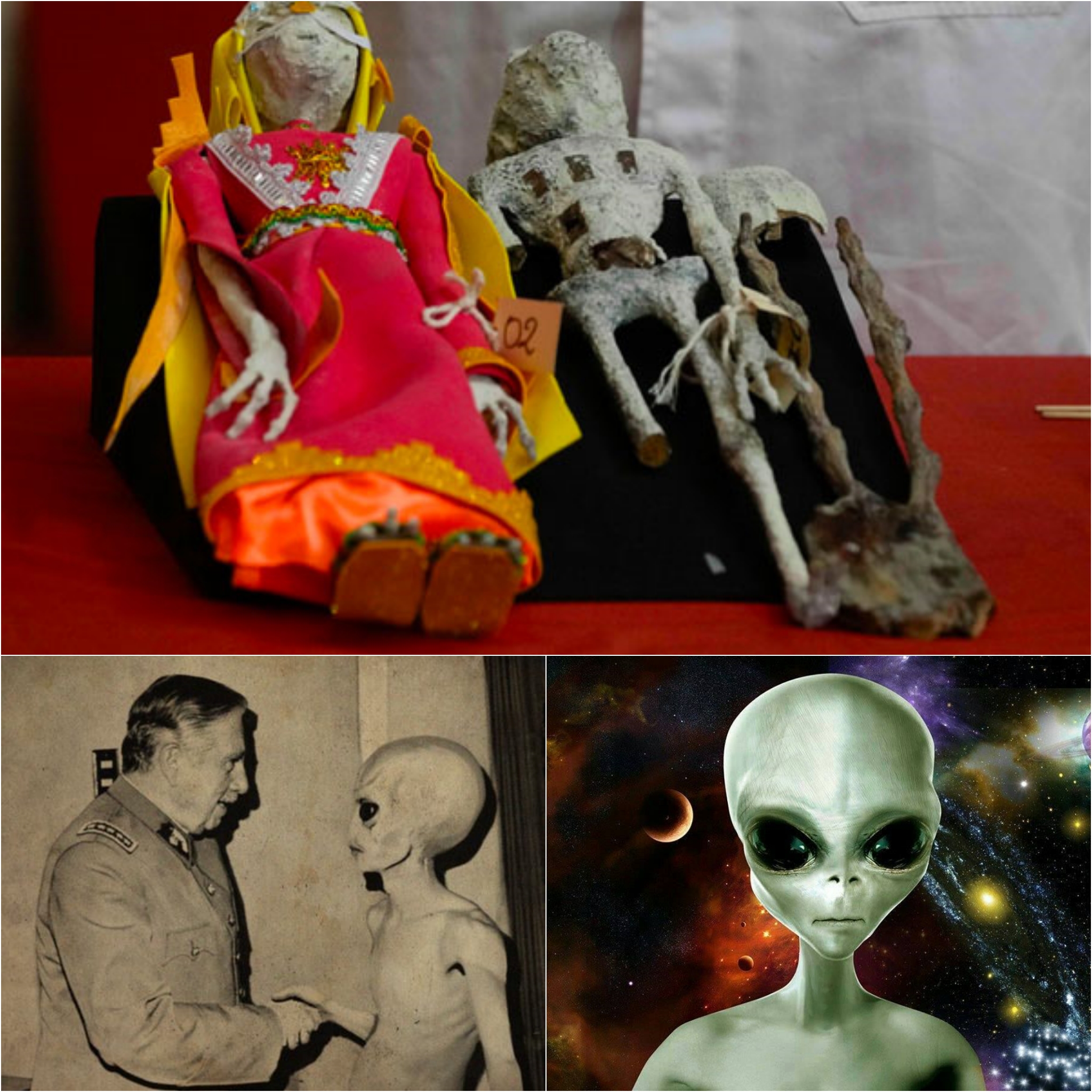In recent years, Peru has found itself at the center of a controversy surrounding alleged “alien corpses” discovered in the country’s remote regions. These mysterious findings have sparked intense debate among scientists, skeptics, and believers alike, raising questions about the nature of extraterrestrial life and the reliability of evidence. As Peru grapples with the implications of these discoveries, it’s essential to examine the facts and draw informed conclusions. Join us as we delve into Peru’s investigation into “alien corpses” and explore the truth behind the headlines.

The Discovery of “Alien Corpses”: The saga began in 2017 when reports emerged of the discovery of several mummified remains in the Nazca region of Peru. These remains, characterized by elongated skulls and unusual physical features, were immediately touted by some as evidence of extraterrestrial visitors to Earth. Images and videos of the so-called “alien corpses” quickly spread across social media, fueling speculation and sensationalism.

Scientific Skepticism and Investigation: Despite the initial excitement surrounding the discovery, scientists and experts expressed skepticism about the authenticity of the “alien corpses.” Many pointed to the lack of rigorous scientific analysis and the dubious provenance of the remains. In response to mounting public interest, Peru’s Ministry of Culture launched an investigation to determine the origin and nature of the mummified remains.
Unveiling the Truth: In June 2018, Peru’s Ministry of Culture released the results of its investigation, concluding that the “alien corpses” were, in fact, elaborate hoaxes. According to the report, the mummified remains were not ancient artifacts but rather modern creations crafted from a mixture of organic and inorganic materials. Furthermore, forensic analysis revealed that the bodies showed signs of manipulation and artificial distortion, undermining their purported extraterrestrial origins.
Lessons Learned: The case of Peru’s “alien corpses” serves as a cautionary tale about the dangers of jumping to conclusions based on sensational claims and inadequate evidence. While the initial excitement may capture public imagination, it is essential to subject such claims to rigorous scientific scrutiny before drawing conclusions. In the age of social media and instant communication, misinformation can spread rapidly, leading to confusion and misunderstanding.
Moving Forward: As Peru moves forward from the controversy surrounding the “alien corpses,” it is crucial to refocus attention on legitimate scientific inquiry and archaeological research. The country’s rich cultural heritage and archaeological treasures offer ample opportunities for exploration and discovery, without the need for sensationalism or pseudoscience. By prioritizing evidence-based investigation and collaboration with reputable scientific institutions, Peru can continue to make valuable contributions to our understanding of the past and the present.
The case of Peru’s “alien corpses” highlights the importance of critical thinking and scientific skepticism in evaluating extraordinary claims. While the allure of extraterrestrial mysteries may be enticing, it is essential to approach such phenomena with a healthy dose of skepticism and scrutiny. By upholding rigorous scientific standards and prioritizing evidence-based inquiry, Peru can ensure that its contributions to the study of archaeology and anthropology are grounded in truth and integrity.



